 Higher education and healthcare dominate the field of prospect research – and for good reason. They have income well above the funds they raise and these big budgets attract correspondingly big gifts. But those industries no longer dominate wealth/prospect screenings. Or at least, they don’t have to.
Higher education and healthcare dominate the field of prospect research – and for good reason. They have income well above the funds they raise and these big budgets attract correspondingly big gifts. But those industries no longer dominate wealth/prospect screenings. Or at least, they don’t have to.
Prospect research tools such as wealth screenings have become affordable and accessible to the vast number of smaller budget (but not necessarily small) nonprofit organizations serving our communities, nationally and internationally. As I work with three intrepid beta testers in the new Essentials for Successful Fundraising Research course, it’s becoming clear that prospect research is changing shape and diversifying.
We can and should start talking about screenings differently.
It’s about time we recognize that one size does not fit all and the methods and practices of higher education and healthcare do not serve the majority of nonprofit organizations.
Misdirection #1: Screening results should always be verified before being disseminated to development officers.
The very nature of the constituent records for the majority of nonprofits in the U.S. screams against this guidance. A local food bank has a much different relationship with its constituents than a university or hospital – and usually many fewer constituents overall. They may be attracting more people with mid-level income levels (net worth below $1M), who are local, and who may be very receptive to a phone call.
Screening information combined with a development officer’s knowledge of the community is frequently enough to start making phone calls. The development assistant or prospect researcher, if there is one, can help by looking up contact information as needed and making suggestions about what internal data pieces could be combined with the screening ratings to better prioritize the list.
Misdirection #2: Wealth screenings benefit major gift initiatives the most.
Smaller nonprofits usually know the wealthy people in their community. There might be a few hidden gems in their donor files, especially if the nonprofit is reaching a national audience through social media, but the real value in screenings is often the way the ratings can be used to improve the performance of nearly every fundraising activity.
When development staff numbers from one to ten, everyone in the office multi-tasks, so why should your screening results behave any differently? Your best donors are probably involved with your organization in multiple ways: volunteering, sponsoring, giving, and serving in leadership roles. Your screening ratings can help make your efforts more efficient.
For example, if you can only make phone calls to 50 or so people for a special campaign, or if you need to call people who haven’t RSVP’d for a big event, now you can go beyond past giving and also look at capacity to make a gift. You almost can’t help but raise more money by adding additional filters or prioritization to your efforts!
Misdirection #3: The more in the results file, the better.
A recent conversation with a screening vendor made me examine my own bias about the deliverables for smaller organizations. Overworked and underpaid development professionals take one look at that impenetrable spreadsheet or overwhelming software interface and go hemming and hawing into complete inaction. There is only so much the human brain can absorb in any one day, month, or year.
There are key data points in every screening that are very valuable. The various ratings are top among those. So why are they often buried? Why can’t you get more than one file from your vendor? How about a simple one for import and a more complicated one for your development assistant or prospect researcher to dig into?
If you can identify the key data points from the results and get those imported into your database – well, that’s the only way you are really going to be able to use the screening to improve your fundraising results overall.
Want to get the most bang for your buck out of screenings? Communicate!
Your screening vendors are nimble and eager to hear and listen to how their product could make you more successful. Tell them you want to import the ratings but don’t have dedicated IT staff – can they help? Tell them you need to start making phone calls immediately – can they give you a simple file you can work from?
Even better, your vendor likely has worked with many organizations just like yours. Do they have any success stories to share? Any innovative uses for the screening data? Any common pitfalls to avoid?
Where is Prospect Research in all of this?
Of the three participants in the Essentials for Successful Fundraising Research course, only one has “research” in his title. Nevertheless, these are the intelligent, resourceful individuals tasked with finding and understanding the data. Their organizations are going to have capital campaigns and all sorts of other fundraising initiatives no matter what title they give to these intrepid data explorers.
As part of their training, I created an “After the Screening”reference sheet that you can find in the Prospect Research Institute’s learning community. The reference sheet represents the beginning of the conversation. Once you’ve taken a look, hop into the Everything Prospect Research forum and let me know what you think about it!
 Are you busy? Do you have any of these: full-time job, children, elderly parents, friends, and maybe even a few interests or hobbies? How are you supposed to keep up with social media and data protection and privacy issues, too? Well, if you are involved in fundraising where giving is predicated on donor trust, your choice is to invest some time and resources now or suffer big losses later. Ask Facebook.
Are you busy? Do you have any of these: full-time job, children, elderly parents, friends, and maybe even a few interests or hobbies? How are you supposed to keep up with social media and data protection and privacy issues, too? Well, if you are involved in fundraising where giving is predicated on donor trust, your choice is to invest some time and resources now or suffer big losses later. Ask Facebook.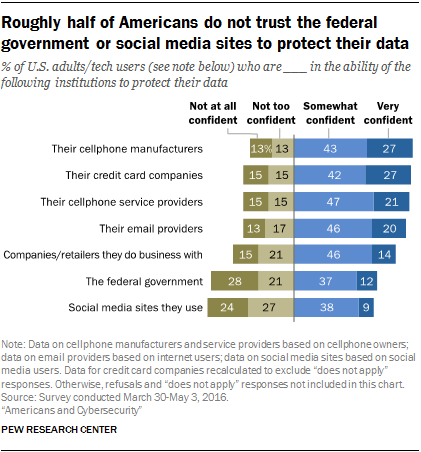
 Are you familiar with the imagery of a devil on one shoulder and an angel on the other, both whispering in your ear, trying to influence your behavior? In the information services field it sometimes feels likes we have artificial intelligence on one shoulder and humanity on the other, each trying to get us to follow the path on the right or left.
Are you familiar with the imagery of a devil on one shoulder and an angel on the other, both whispering in your ear, trying to influence your behavior? In the information services field it sometimes feels likes we have artificial intelligence on one shoulder and humanity on the other, each trying to get us to follow the path on the right or left.
 Did you know that International Women’s Day is March 8, 2018? Get ready! In honor of women, the Day, and with some recent inspiration from a #FemaleFund Tweet-up hosted by Preeti Gill (
Did you know that International Women’s Day is March 8, 2018? Get ready! In honor of women, the Day, and with some recent inspiration from a #FemaleFund Tweet-up hosted by Preeti Gill (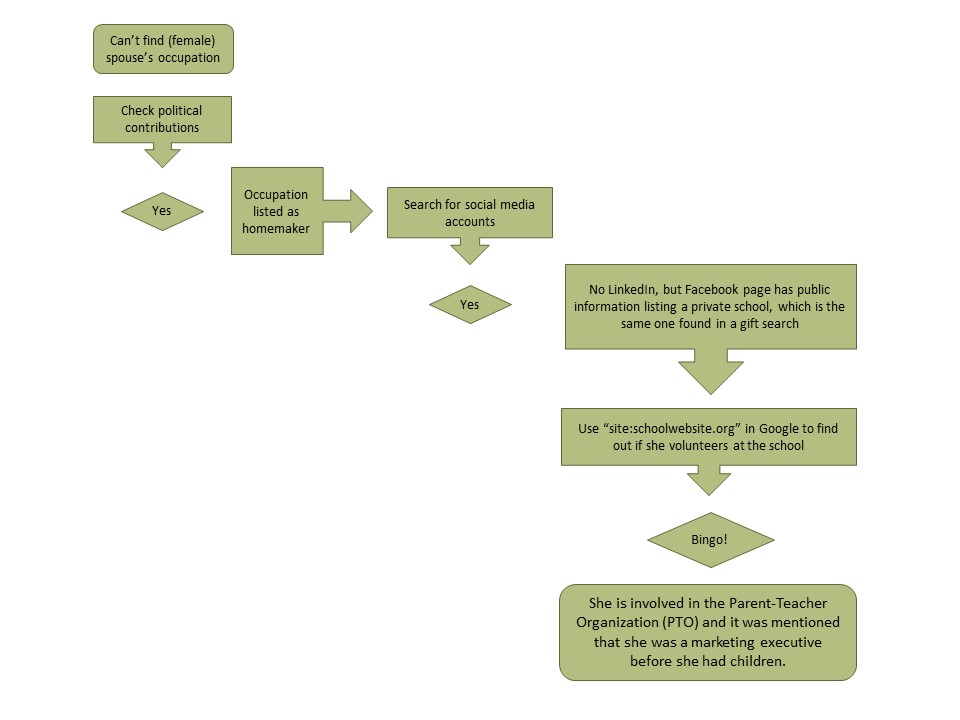
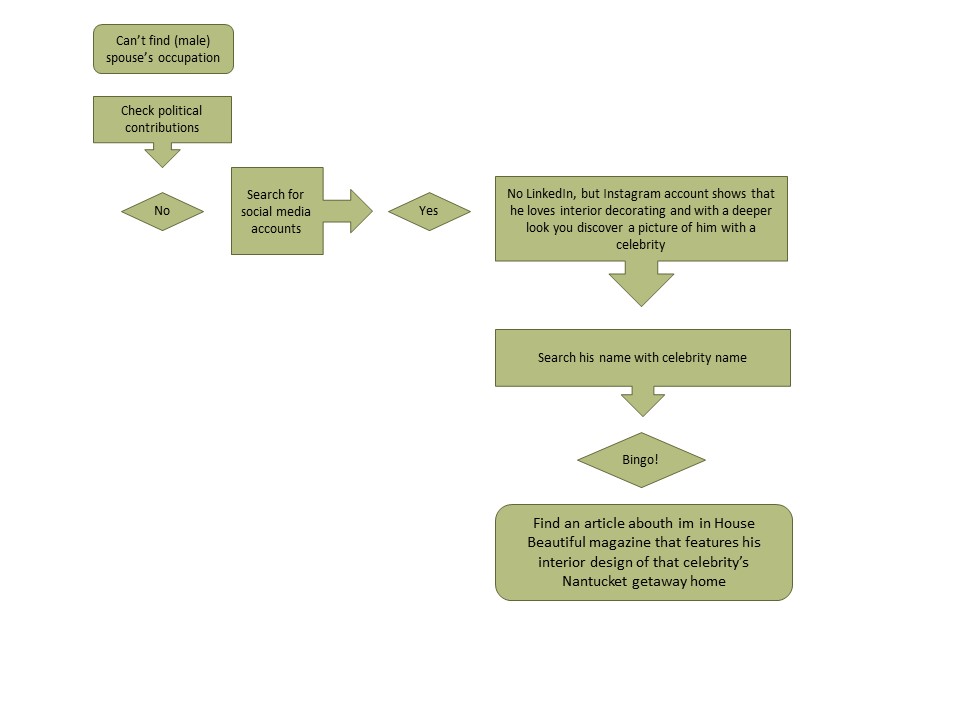

 Imagine you emerge from a strategic planning session and your task is to raise more money from corporations. Your organization wants to expand its reach and you need to take the thousands of corporate donors in the database and transform them into a fundraising program. Why? Because everyone “feels” like there is a lot of opportunity there. Where do you start?
Imagine you emerge from a strategic planning session and your task is to raise more money from corporations. Your organization wants to expand its reach and you need to take the thousands of corporate donors in the database and transform them into a fundraising program. Why? Because everyone “feels” like there is a lot of opportunity there. Where do you start? “I need a profile on this person today…can’t you just Google it?” It’s the kind of question that makes prospect research professionals cringe. But why shouldn’t a development officer want it faster, better, and cheaper? Why is your organization paying thousands of dollars a year for research tools if it still takes forever to get the information needed?
“I need a profile on this person today…can’t you just Google it?” It’s the kind of question that makes prospect research professionals cringe. But why shouldn’t a development officer want it faster, better, and cheaper? Why is your organization paying thousands of dollars a year for research tools if it still takes forever to get the information needed?
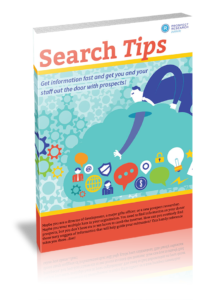
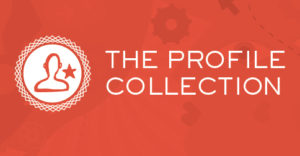
 Have you ever been in a conversation with someone that felt like an argument or debate, but it turned out you were both saying the same thing, just differently? I had one supervisor where this happened quite a bit before we realized what was happening. Many times the very skills that make great frontline fundraisers and great fundraising researchers translate into two very different languages!
Have you ever been in a conversation with someone that felt like an argument or debate, but it turned out you were both saying the same thing, just differently? I had one supervisor where this happened quite a bit before we realized what was happening. Many times the very skills that make great frontline fundraisers and great fundraising researchers translate into two very different languages!